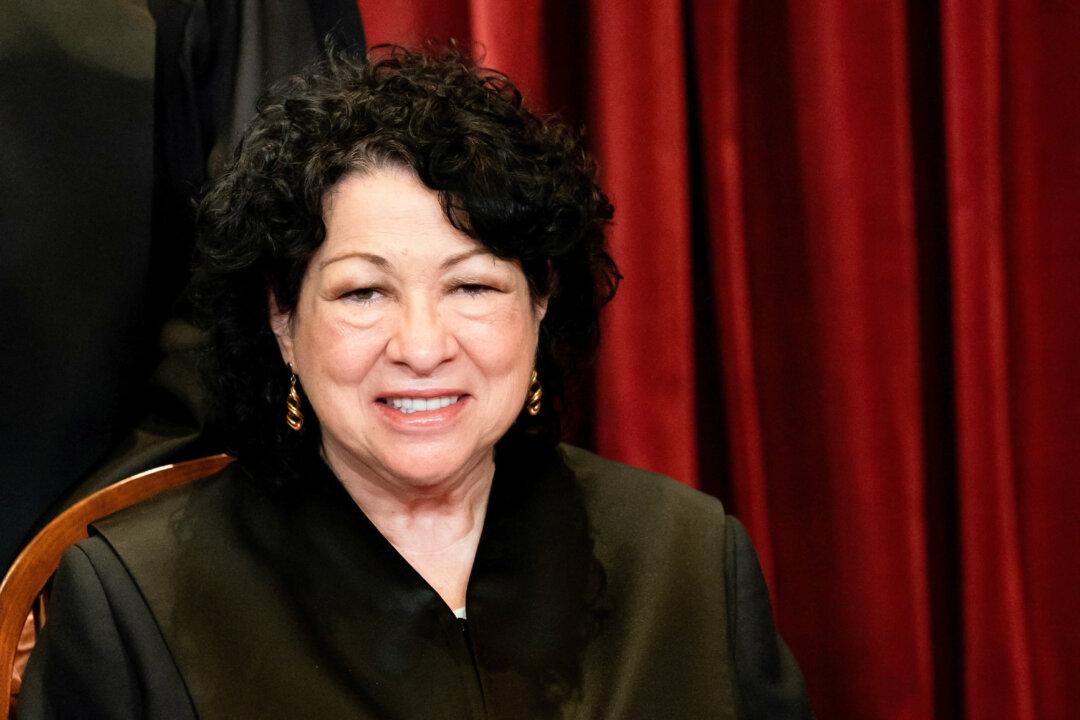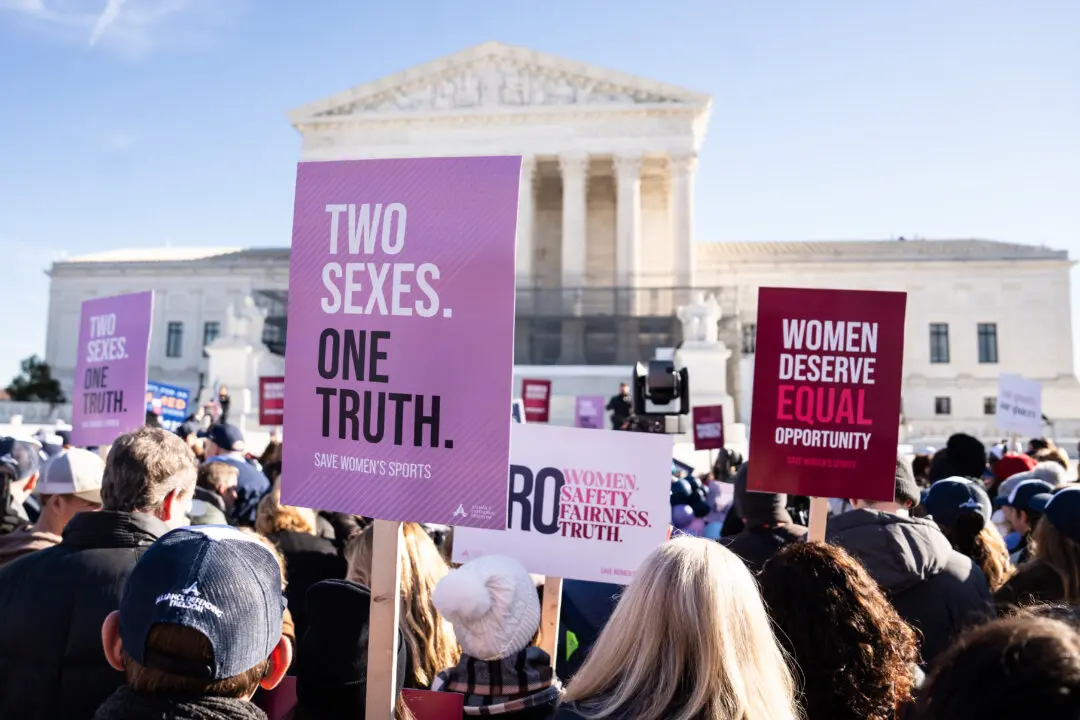The three left-leaning justices on the U.S. Supreme Court expressed heavy skepticism on Jan. 17 of attorneys’ proposal that courts afford executive agencies less deference in deciding whether a regulation abides by laws that Congress passes.
Attorneys for commercial fishing companies asked the court to overturn the decades-old precedent known as “Chevron deference,” which generally directs courts to prefer an agency’s interpretation of ambiguous language within statutes.





